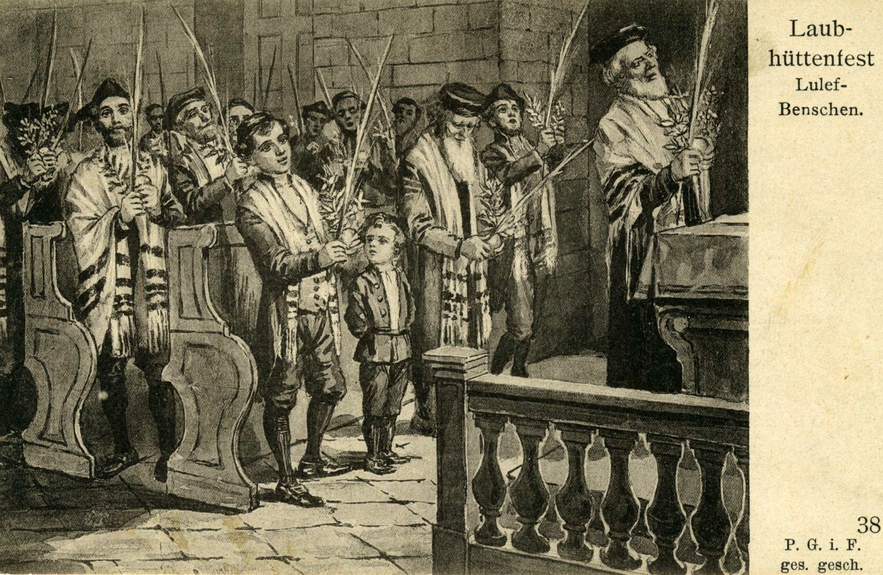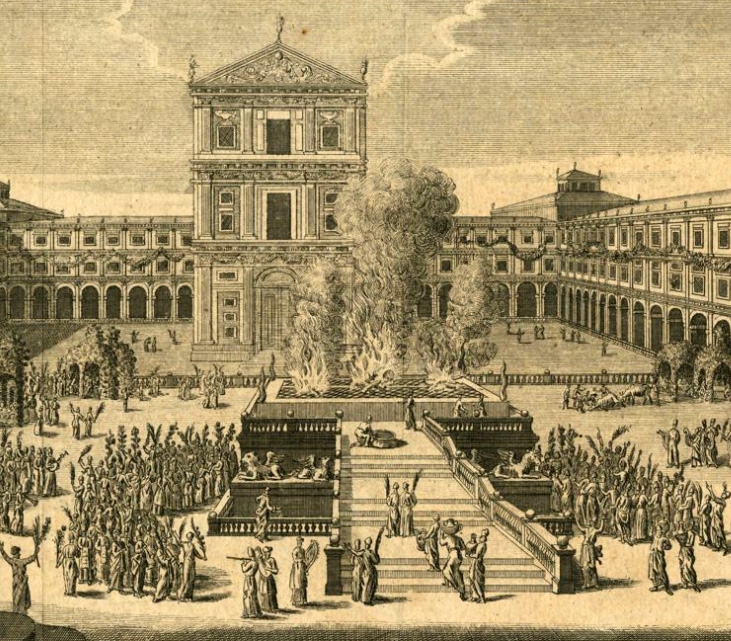Sukkot in LBI collections
Sukkot; Shemini Atzeret; and Simhat Torah
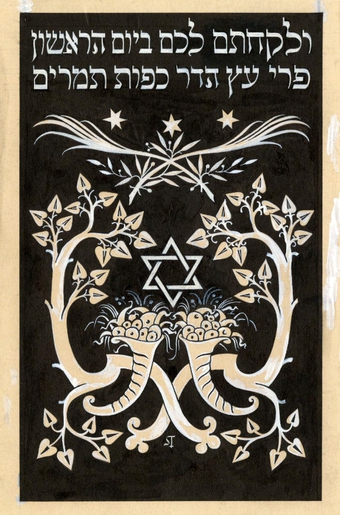
Design for a Machzor (High Holy Day Prayers) by Hugo Steiner-Prag.
LBI call number: 80.186
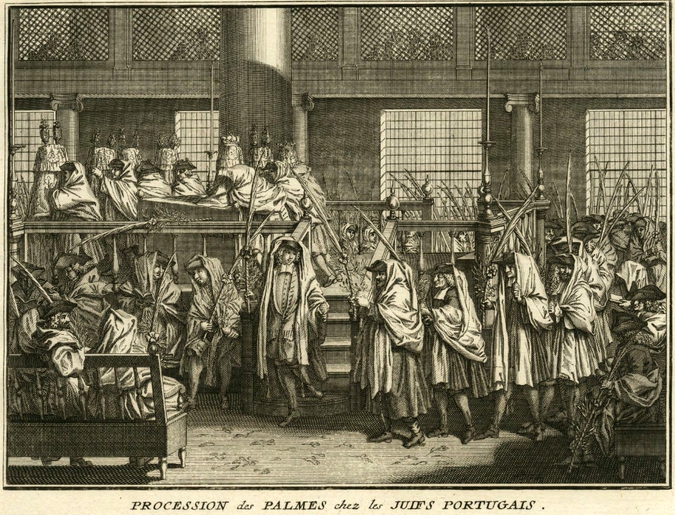
From the book "Cérémonies et coutumes religieuses de tous les peuples du monde”, Amsterdam, 1723-1743.
LBI call number: 78.65g
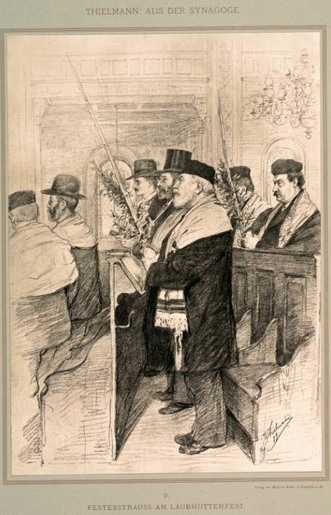
In: Scenes from the synagogue, drawn from life : 9.
LBI call number: 78.1834i
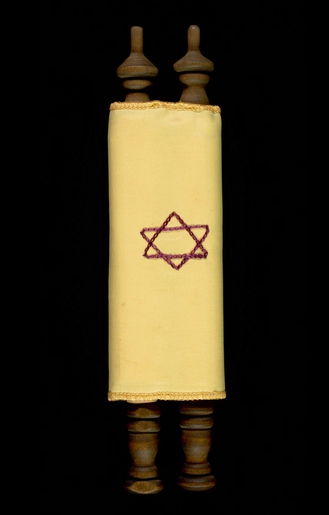
Part of the Marion Kaplan collection, AR 10816.
LBI call number 2006.149
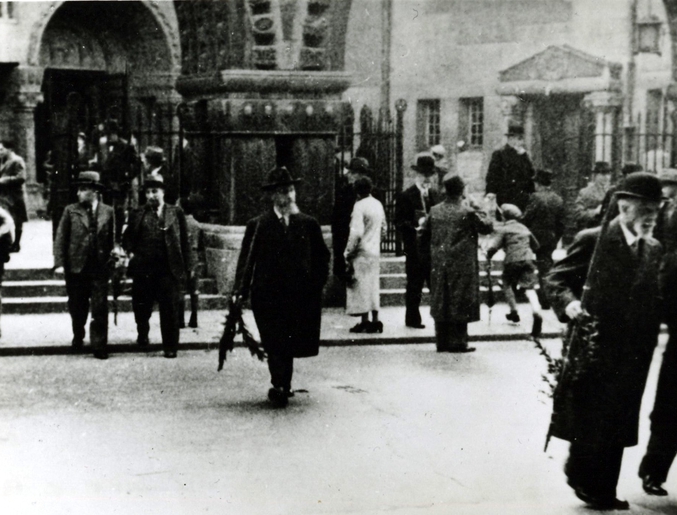
Photograph from the Paul Arnsberg Collection AR 7206.
LBI call number: F 957
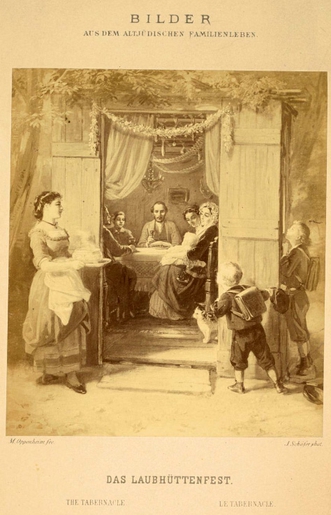
Drawing in: “Bilder aus dem altjüdischen Familienleben”, Frankfurt, 1882.
LBI call number: 98.8
Sukkot
Sukkot is a week-long holiday that begins on the 15th day of the Jewish month of Tishrei (Sept.-Oct.), the date of the full moon. The first (and outside of the Land of Israel also the second) day is observed as a full holiday that carries most of the same laws as the Shabbat. The primary observance of Sukkot is dwelling in a Sukkah – a hut covered with leaves - for seven days and holding up the Lulav – a palm leaf, and the Etrog – a citrus fruit each day.
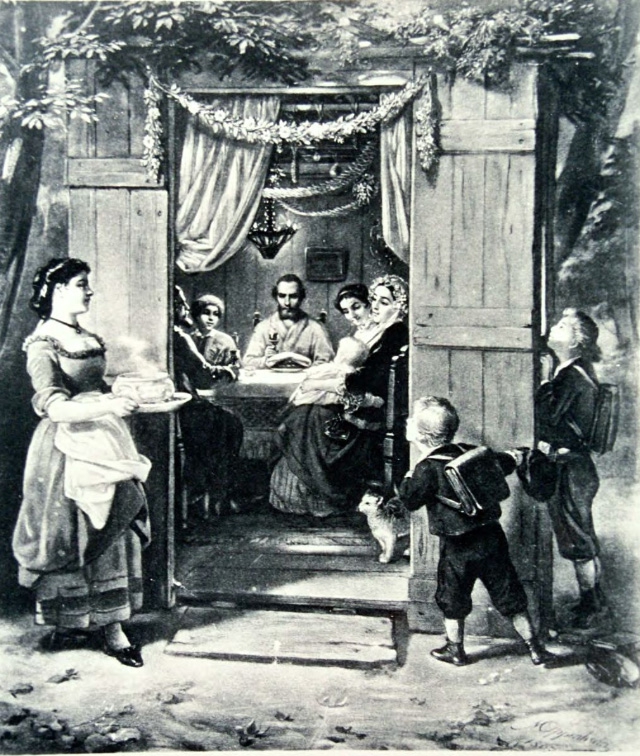
The Sukkah is a special type of booth built according to specifications found in the Talmud: it must be a temporary structure, with a roof made from plants that were grown from the ground. The roof will often take the form of wooden slats with leafy branches laid over the top that allow the sky to remain somewhat visible. There are also rules pertaining to gaps in the walls; the height of the structure; and other characteristics. These booths are then festively decorated, made to be comfortable and inviting.
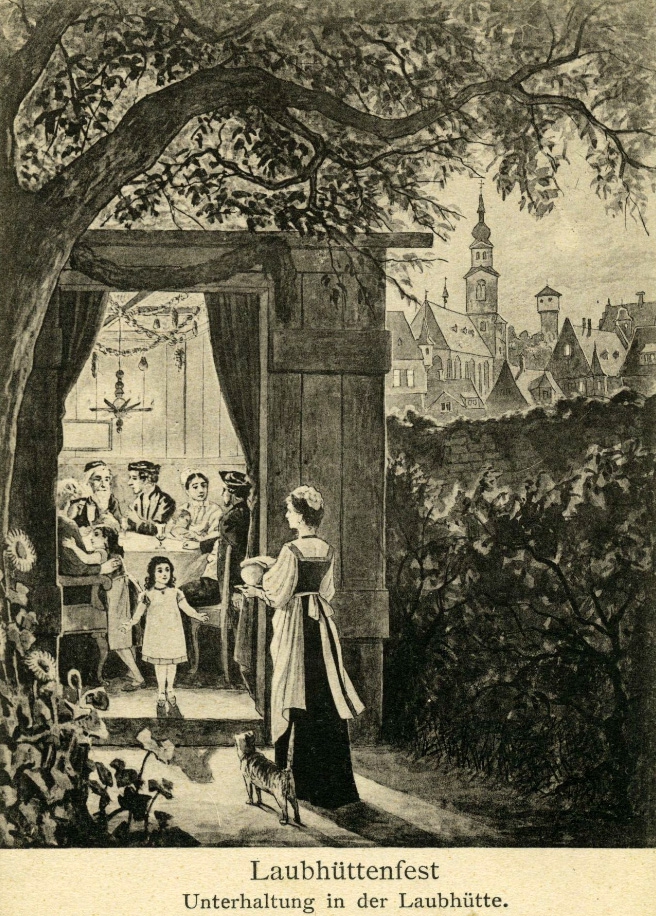
The Torah says in its third book, Leviticus: “You shall live in booths seven days … in order that future generations may know that I caused the Israelites to live in booths when I brought them out of the land of Egypt.” This means that observant Jews must “dwell” in the Sukkah throughout the week. “Dwelling” usually means that one must eat one’s meals in the Sukkah; but Jews from warmer climates hold that it is also necessary to sleep in it. If inclement weather makes eating or sleeping in the Sukkah uncomfortable, one is permitted to go back to the house: the idea is to enjoy the Sukkah, not to suffer through it. It is also commendable to invite guests into one’s Sukkah.
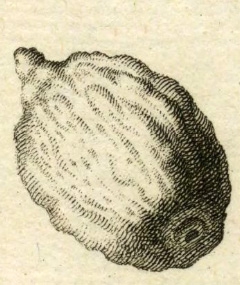
Leviticus also states that “you shall take the fruit of the beautiful tree; palm fronds; boughs of myrtle; and the willows of the brook.” The “fruit of the beautiful tree” refers to an Etrog, a type of citrus fruit that grows around the Mediterranean. The other three plants are bound together in a bundle and named after their largest and most prominent member, the palm frond, or in Hebrew, the Lulav. The fruit and the plants are held and shaken in the cardinal directions during the morning prayers of the holiday week.
After the intense introspection of Rosh Hashanah and Yom Kippur, Sukkot provides a time of much needed enjoyment and relaxation and is known in the liturgy as the “Season of our Joy.” The Sukkah’s temporary nature reminds us of the impermanence of the moment, yet its beauty and wholesomeness invite us to appreciate the material pleasures in front of us.
Shemini Atzeret
The day after Sukkot ends is a holiday, known as The Eighth Day of Assembly: Shemini Atzeret. Though it is continuous with Sukkot, it is technically its own independent holiday: the Lulav and the Etrog are not taken up anymore, and there is a big dispute, whether it is still appropriate to sit in the Sukkah, or not.
Sukkot is celebrated at the time of year that inaugurates the rainy season in the land of Israel, and the liturgy during Shemini Atzeret reflects this, by praying not just for dew, but for rain. May the rain fall at the end of Sukkot: after all, rain in the Sukkah wouldn’t be a true blessing, would it?
One explanation for the existence of Shemini Atzeret is the idea that during Sukkot, sacrifices were offered in the ancient Temple in Jerusalem on behalf of all the nations of the world, not just for the Jewish people. Indeed, the Torah commands a burnt offering of 70 bulls for Sukkot, one for each of the traditional 70 nations in the world. - Shemini Atzeret on the other hand, is only for the Jews. Just like a King, who holds a lavish week-long feast for all of his servants, might bade his favorite and trusted advisors to stay with him just one more day, so they might have a little more time to sit and enjoy each other’s company.
Simhat Torah
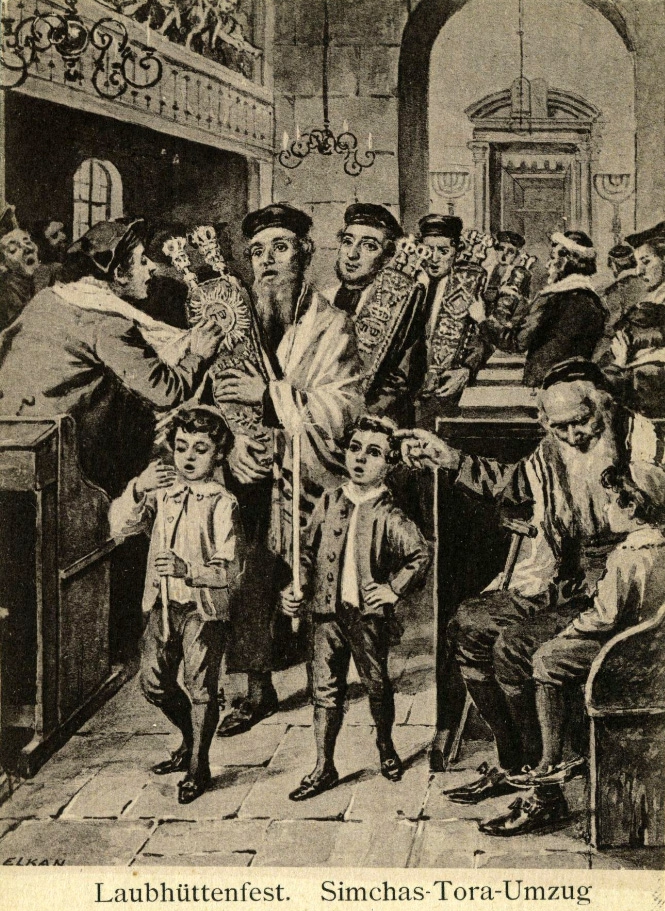
The day after Shemini Atzeret is yet another holiday: the Joy of the Torah, Simhat Torah. On this day (in the land of Israel, Simhat Torah is observed on Shemini Atzeret itself) the yearly cycle of reading the Torah is finished and started again. On the night of Simhat Torah, Jewish congregations all over the world take out their Torah scrolls and dance with them, sometimes even in the streets or until the break of dawn. It is a cathartic event that offers some closure to the intensity of the High Holiday season.
On Simhat Torah, we honor the Torah not by understanding it or teaching it, but by physically carrying it and providing it with legs that it may dance among us. It is said that when we dance with the Torah, there is no difference between the deepest scholar and the most unlearned simpleton. All can express their love for Torah on the same level.
Text by Karel Teifer
